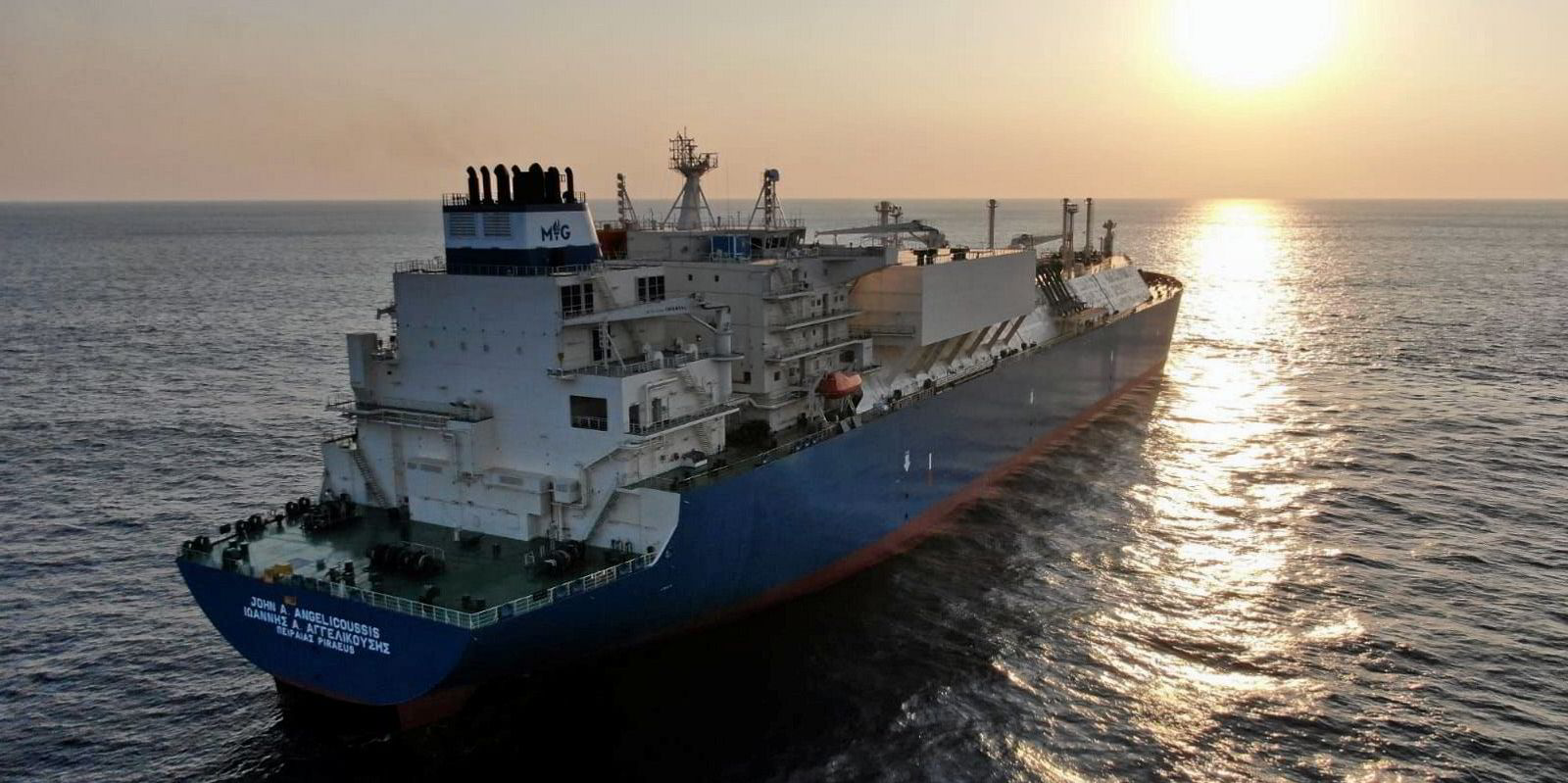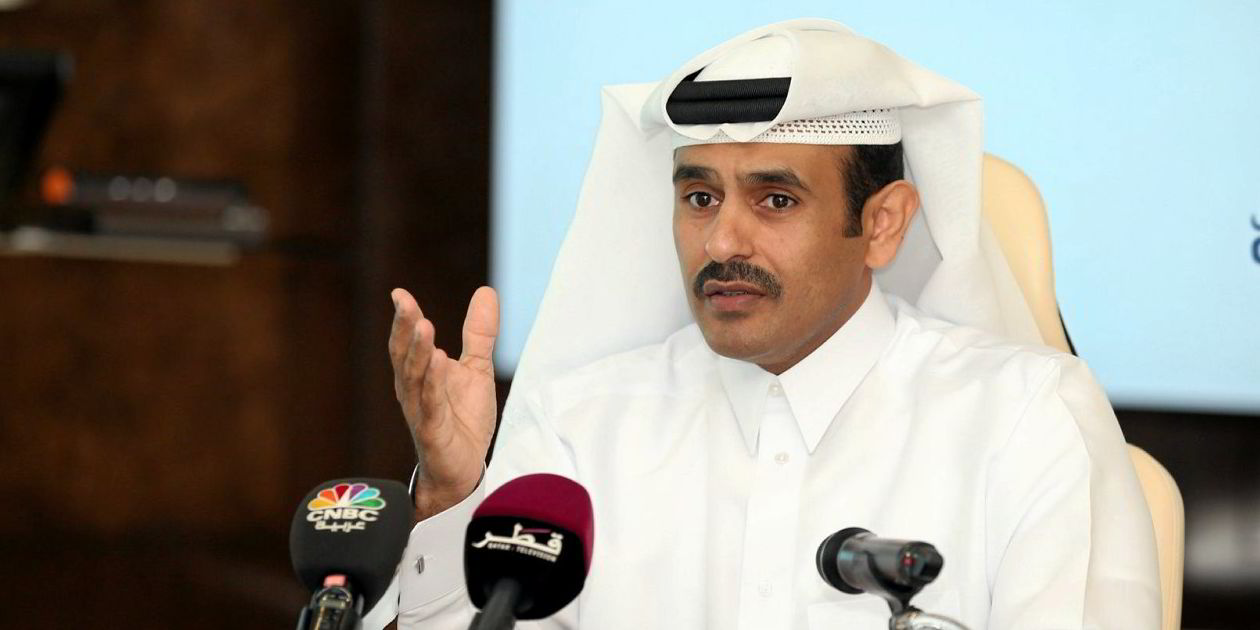Some of the steam turbine LNG carriers in Middle East LNG shipowner Nakilat’s fleet show up as among the largest emitters among the company’s 74 ships, according to its latest Environmental, Social and Governance (ESG) report.
Publishing its second and much more detailed 68-page ESG Report 2021, Nakilat reported that its gross direct Scope 1 GHG emissions fell to 5.4m tonnes of carbon dioxide equivalent (TCO2e) in 2021 down from 5.6 TCO2e reported for 2020 but higher than the 5.2 TCO2e logged in 2019 and 4.7 TCO2e in 2018.
The company gave a full fleet breakdown for the average Annual Efficiency Ratio (AER) or carbon intensity indicator and Energy Efficiency Operating Indicator (EEOI) — the amount of CO2 emitted by a vessel per tonne-mile of work- for each of its vessels in 2021.
A year ago Nakilat also listed its 2021 AER targets for its huge for its Q-Flex and Q-Max ships as between 10.5 and 13, depending on the yard in which they were built.
It gave an AER target of less than 2 for its so-called “Global” fleet and under 10 for its LPG carriers.
While the bulk of its fleet fell within the target range for the year, with many showing reductions in AER, some of the company’s steam turbine vessels show up as outliers and big emitters.
As in its initial report, the 145,000-cbm Ejnan (built 2007), in which NYK Line has a 30% share, was among the vessels with the highest carbon intensity numbers with an AER of 15.65, down a smidge from 15.76 in 2020.
The 149,539-cbm Al Marrouna (built 2006) also came in with an AER of 13.54 for 2021, up from 12.4 a year earlier.
This compares with an AER of 5.89 for one of Nakilat’s newest vessels, the 173,400-cbm, X-DF propulsion system Global Sea Spirit (built 2021) and 6.60 for the 173,400-cbm Global Star (built 2021) which is fitted with an ME-GI engine.
Nakilat is maintaining the same AER targets for 2022.
Three of Nakilat’s Q-Flex fleet also clocked high EEOI figures for 2021 with the 216,200-cbm Al Sahla and Al Thumama and the 215,000-cbm Al Utouriya (all built 2008) recording figures for CO2 emitted per tonne-mile of work at 77.53, 73.14 and 59.38 respectively.
Nakilat chief executive Abdullah Al-Sulaiti said in the report: “Despite the elevated inflation, tightening monetary policy, and geopolitical uncertainty which have recently rattled global markets, the focus on ESG issues has become more important than ever.
Al-Sulaiti said the company recognises the increasing demand from its stakeholders for greater transparency and public disclosure on its impacts on the environment and society.
- Established: 2004, Nakilat is a shipping
- Fleet: 75 vessels
- LNG carriers: 69
- LPG carriers: 4
- FSRU: 1
- Wholly owned subsidiary: Nakilat Shipping Qatar Ltd (NSQL)
- NSQL managed fleet: 24 LNG carriers and owns, manages and operates: 1 FSRU and 4 VLGCs
- LNG cargoes shipped in 2021: 760
- Volume of LNG shipped in 2021: over 58 million tonnes
- Countries delivered to: 24
- Ports of call: 66






